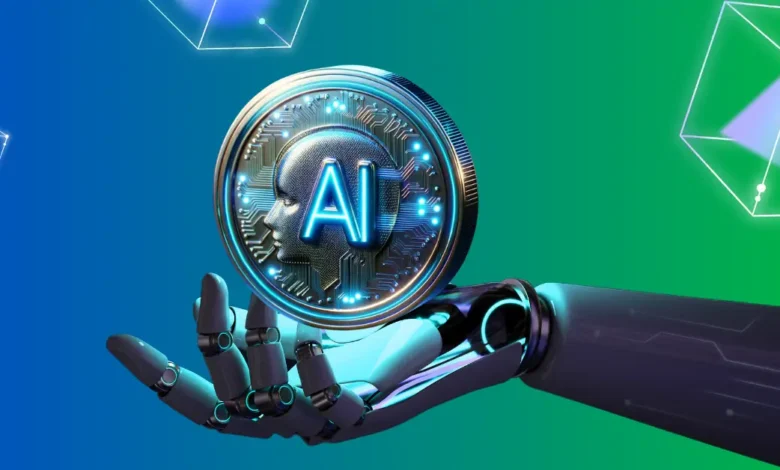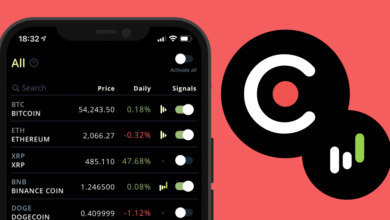The Magic of Tokens in Generative AI: A Deep Dive

What is a Token?
A token represents a unit of data used by AI models, particularly in the context of language processing. In simpler terms, it can be a word, a character, or even larger chunks of text like phrases, depending on how the AI model is configured. For example:
- A token can be a single character like “a” or “b”.
- A word like “hello” is also a token.
- Longer text like a phrase or sentence may also be tokenized into smaller parts.
Tokens are created so AI models can understand and process the text they receive. Without tokenization, it would be impossible for AI systems to make sense of natural language.
Why Are Tokens Important?
Tokens serve as a crucial link between human language and the computational requirements of AI models. Here’s why they matter:
- Data Representation: AI models cannot process raw text. Tokens convert the complexity of language into numerical representations, known as embeddings. These embeddings capture the meaning and context of the tokens, allowing models to process the data effectively.
- Memory and Computation: Generative AI models like Transformers have limitations on the number of tokens they can process at once. This “context window” or “attention span” defines how much information the model can keep in memory at any given time. By managing tokens, developers can ensure their input aligns with the model’s capacity, enhancing performance.
- Granularity and Flexibility: Tokens allow flexibility in how text is broken down. For example, some models may perform better with word-level tokens, while others may optimize for character-level tokens, especially in languages with different structures like Chinese or Arabic.
Tokens in Generative AI: A Symphony of Complexity
In Generative AI, especially in language models, predicting the next token(s) based on a sequence of tokens is central. Here’s how tokens drive this process:
- Sequence Understanding: Transformers, a type of language model, take sequences of tokens as input and generate outputs based on learned relationships between tokens. This enables the model to understand context and produce coherent, contextually relevant text.
- Manipulating Meaning: Developers can influence the AI’s output by adjusting tokens. For instance, adding specific tokens can prompt the model to generate text in a particular style, tone, or context.
- Decoding Strategies: After processing input tokens, AI models use decoding techniques like beam search, top-k sampling, and nucleus sampling to select the next token. These methods strike a balance between randomness and determinism, guiding how the AI generates outputs.
Challenges and Considerations
Despite their importance, tokens come with certain challenges:
- Token Limitations: The context window of models constrains how many tokens they can handle at once. This limits the complexity and length of the text they can process.
- Token Ambiguity: Some tokens can have multiple interpretations, creating potential ambiguity. For example, the word “lead” can be a noun or a verb, which could affect how the model understands it.
- Language Variance: Different languages require different tokenization strategies. For instance, English tokenization might work differently from languages like Chinese or Arabic due to their distinct character structures.
The basic units on which Generative AI comes with are tokens. Accordingly, models can manipulate those and create human-similar texts. As AI progresses over the years, this factor will still be playing the pivotal role in token analysis.
https://www.coinbackyard.com/wp-content/uploads/2024/12/Best-AI-Token-Bets-Segment-For-2x-Surge-This-Season-1.webp
2025-01-01 11:00:00




